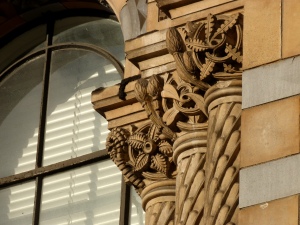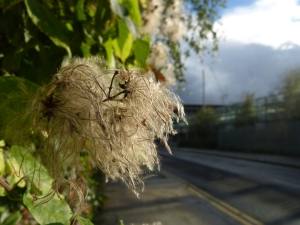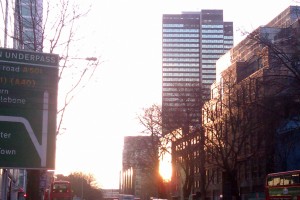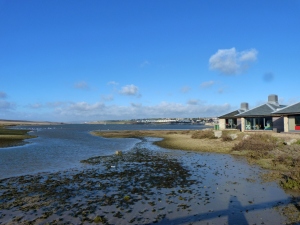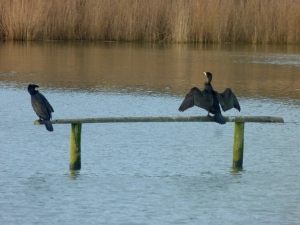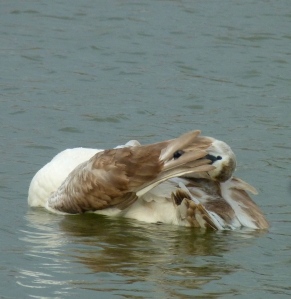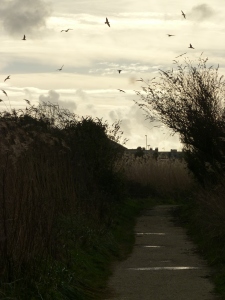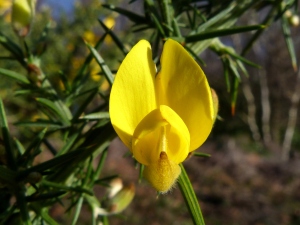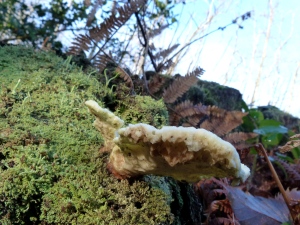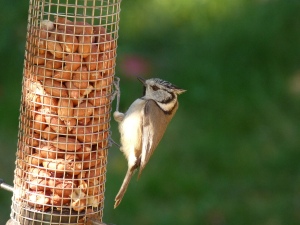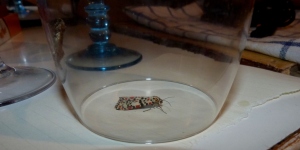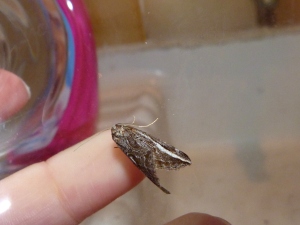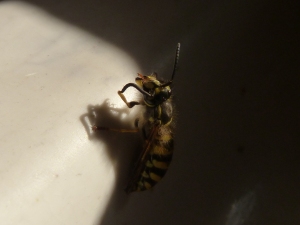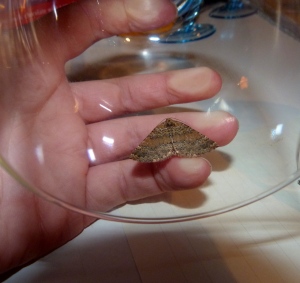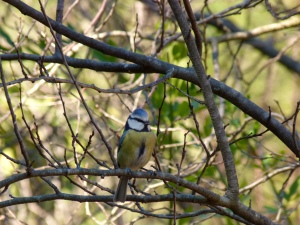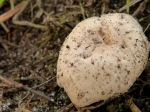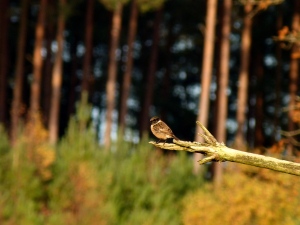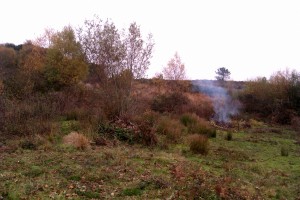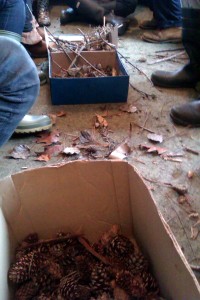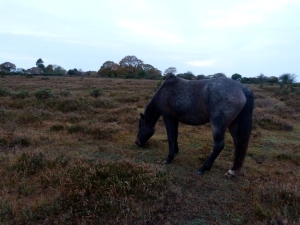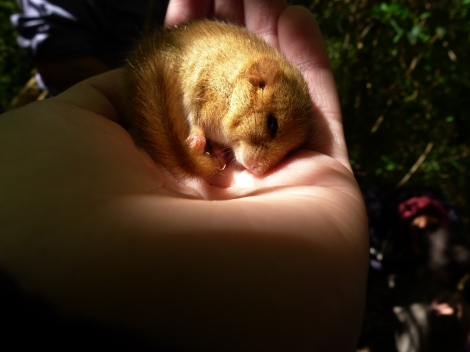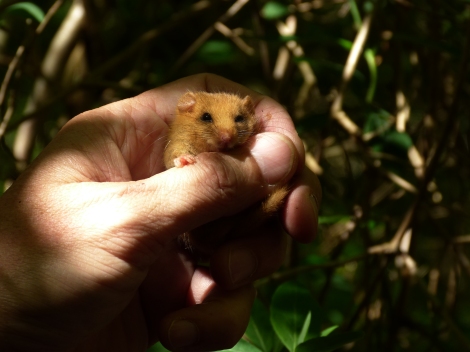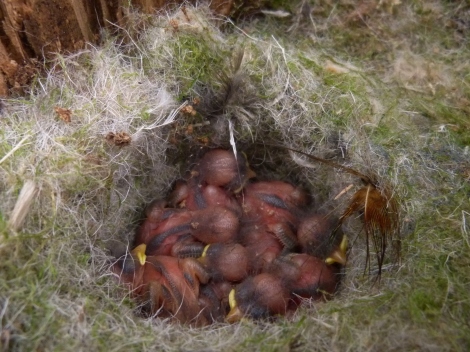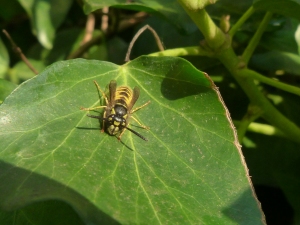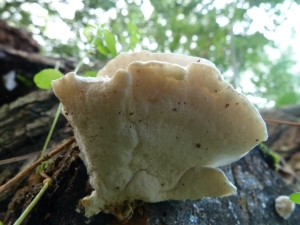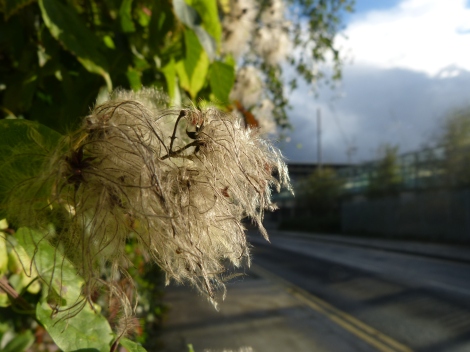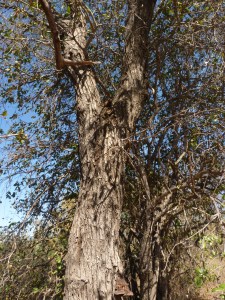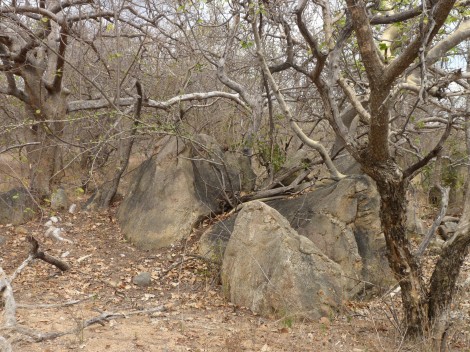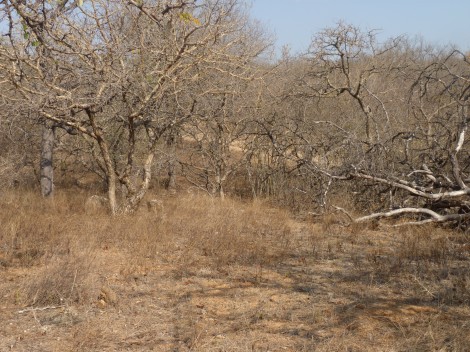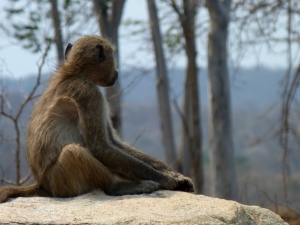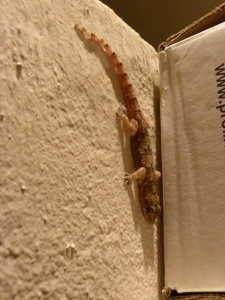‘Fessing up to an urban love affair
As a naturalist and improving ecologist, you might think I would hate or at least dislike the large urban craziness that is our capital city (i.e. London). I say that nay, it’s not true! Despite the greyness, the common “heads down, don’t talk to anyone” attitude and the high concentrations of people, I do love London. It’s my hometown, I grew up here.
On a non-natural side, I adore some of the architecture in the city. You’ve got the classics and ionic buildings such as St. Paul’s Cathedral or The Gherkin, but it is usually the less well-known things that get me. Walking around a corner to find an unexpected and beautifully designed church. Looking up and spotting a golden statue on top of a building. It’s the little things that get you. Saying that, my favourite is of course the Natural History Museum which is just stuns me every time I see it, the exquisite details and that there are carvings throughout the older building.
Related to the architecture, you’ve got the spots of greenery spotted throughout the urban layout. Small corners or large expansive parks, and everything in between. And often where you don’t expect it – such as the small Wildlife Trust reserve next to St Pancras which I hadn’t even known existed (Camley Street Natural Park)!
Sometimes, it’s the combination of nature and buildings that stops me, such as this fuzzy view on Euston Road earlier this week.
On a different note, London provides some fantastic opportunities for any naturalist. An obvious start is the previously mentioned Natural History Museum, a great place to learn a wide variety of information – my favourites are always the mammals room with the blue whale, and the whole ecology section! And of course, the annual Wildlife Photographer of the Year competition.
The wide variety of parks available is brilliant, right in the centre of the city and continuing right throughout to the suburbs. As my family own a dog, we’re always over there and aware of the wildlife – the birds chirping away in the trees and the squirrels attempting to forage despite repeated chasings by all the dogs! (I should say that I don’t particularly like them doing this, but Toby never actually comes anywhere close to catching one!)
Then there are the events available, from lectures at institutions (my favourites are the ZSL Scientific Events) to outdoor activities to sociable events (such as this week’s #ukscitweetup), there are plenty of dates to schedule into your diary.
All in all, I do love a rural location, but I never complain too much when I am back in London as I’m usually busy exploring and learning new things!

